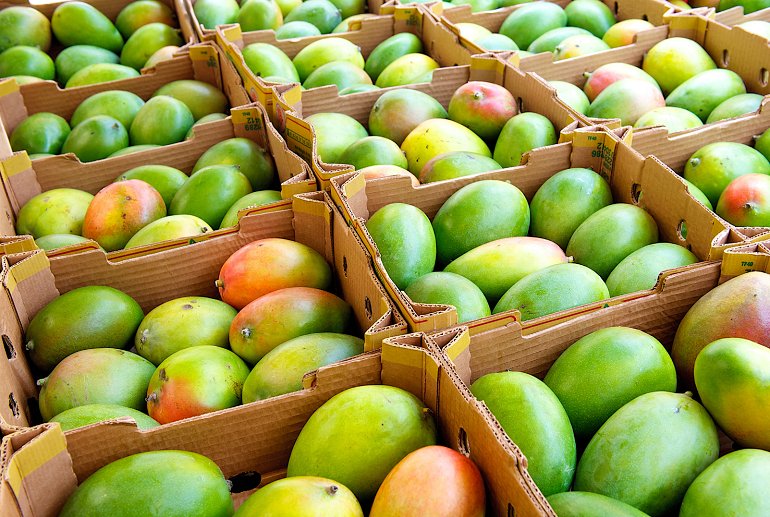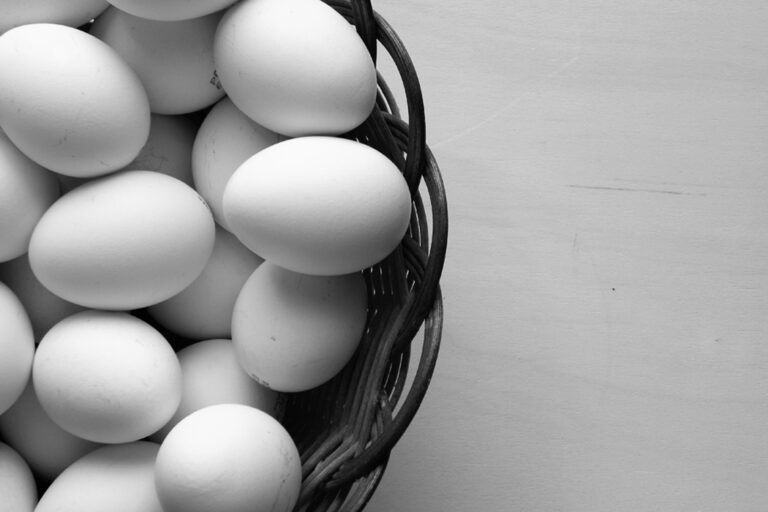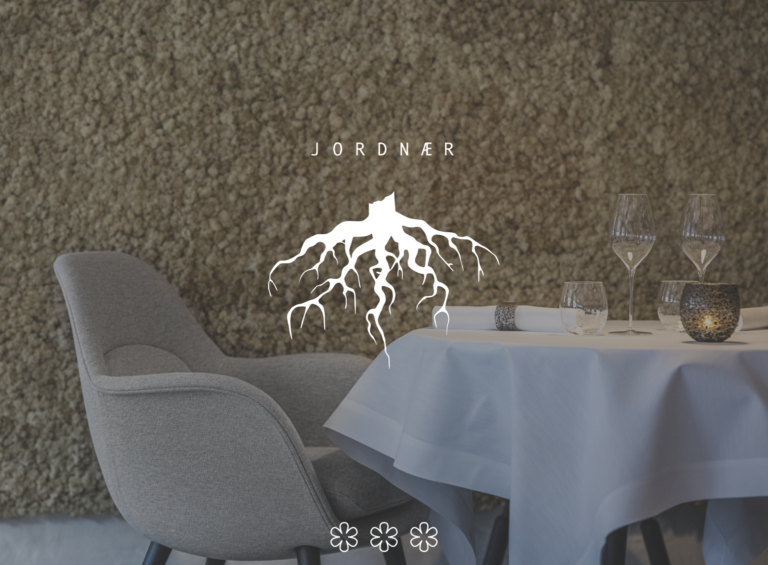Ceviche, a dish that embodies freshness and zest, is one of the most iconic representations of Latin American cuisine. [read the full champagne story]
Estimated reading time: 7 minutes

Its combination of raw seafood cured in citrus juices, balanced with spices, herbs, and vegetables, has captivated food lovers worldwide. But beyond its delicious taste, ceviche has a deep-rooted history that spans centuries, reflecting cultural exchanges and regional adaptations.
Origins of Ceviche
The origins of ceviche are widely debated, though most historians agree that it traces back to the coastal regions of what is now Peru. Some theories suggest that ceviche dates back over 2,000 years to the Moche civilization, an indigenous culture that thrived along Peru’s northern coast. The Moche people were known to prepare fish with fermented juice from local fruits, a primitive form of what we now recognize as ceviche.
With the arrival of the Spanish in the 16th century, new ingredients such as limes and onions were introduced, transforming ceviche into its modern form. The Spanish brought limes from Asia via their trade routes, replacing the local citrus and adding a sharper acidity that enhanced the dish’s flavors. Additionally, the incorporation of onions, garlic, and other European seasonings helped shape the contemporary versions enjoyed today.
Regional Variations
Ceviche is not limited to Peru; it has spread across Latin America, each country adding its unique twist to the dish. Some of the most popular regional variations include:
- Peru: Considered the birthplace of ceviche, Peruvian ceviche is traditionally made with white fish, lime juice, red onion, ají chili, and salt. It is often served with sweet potato, corn, and cancha (toasted corn kernels) for added texture.
- Mexico: Mexican ceviche incorporates tomatoes, avocado, and cilantro, often served with tortilla chips or tostadas. Shrimp ceviche is particularly popular in coastal areas like Baja California.
- Ecuador: Ecuadorian ceviche is known for its more soupy consistency. It often includes shrimp or fish marinated in orange juice, tomato sauce, and lime juice, served with plantain chips or popcorn.
- Chile: Chilean ceviche commonly features reineta (a type of white fish) and is marinated with lime juice, cilantro, and sometimes even a splash of pisco, the country’s national spirit.
- Colombia: Colombian ceviche often uses shrimp, mixed with ketchup or tomato sauce, and is commonly eaten with saltine crackers or patacones (fried plantains).
The Science Behind Ceviche
Unlike traditional cooked seafood, ceviche is “cooked” through a process known as denaturation. When fish or seafood is exposed to the acid in citrus juice, the proteins change structure in a way similar to heat cooking. This process firms the flesh and alters the color while maintaining a fresh, delicate texture.
Because ceviche is prepared with raw seafood, the freshness of the ingredients is crucial. Using sushi-grade fish or seafood and ensuring it is kept at a cold temperature until serving helps maintain safety and quality.
Health Benefits of Ceviche
Ceviche is not only a delight for the palate but also a nutritious dish. Some of its health benefits include:
- High Protein Content: Fish and seafood are excellent sources of lean protein, essential for muscle growth and repair.
- Rich in Omega-3 Fatty Acids: Found in many types of fish, omega-3s support heart health and reduce inflammation.
- Packed with Vitamins and Minerals: Ingredients like lime juice, onions, and chili peppers provide Vitamin C, antioxidants, and essential minerals.
- Low in Calories: Since ceviche is typically not cooked with oil or heavy sauces, it is a light yet satisfying meal option.
How to Make Classic Peruvian Ceviche
If you’re inspired to try making ceviche at home, here’s a simple and authentic Peruvian recipe:
Ingredients:
- 1 lb fresh white fish (such as sea bass or snapper), cut into small cubes
- ½ cup freshly squeezed lime juice
- ½ red onion, thinly sliced
- 1 ají amarillo (Peruvian yellow chili) or substitute with a mild chili pepper
- ¼ cup chopped cilantro
- Salt to taste
- Sweet potato (boiled, for serving)
- Corn kernels or cancha (for garnish)
Instructions:
- Place the cubed fish in a glass bowl and add salt. Let it sit for a couple of minutes.
- Add the sliced onions and chili pepper.
- Pour the lime juice over the mixture, ensuring all pieces are submerged. Let it marinate for 10-15 minutes (for a firmer texture, marinate longer).
- Sprinkle in the chopped cilantro and mix gently.
- Serve immediately with boiled sweet potato, corn kernels, and toasted cancha for a traditional experience.
Conclusion
Ceviche is a testament to the culinary ingenuity of Latin America, blending history, science, and fresh ingredients into a dish that is as flavorful as it is refreshing. Whether enjoyed on a Peruvian coast, a Mexican beach, or in your own kitchen, ceviche continues to be a beloved favorite, uniting cultures and taste buds alike.

Scallop Ceviche with Mango and Avocado
Ingredients (Serves 2)
- 100g scallops
- ½ fresh mango (or equivalent frozen)
- ½ red onion
- ½ garlic clove
- 1 avocado
- 3-4 limes
- ½ red chili
- 1 small bunch of fresh cilantro
- Salt
Instructions
- Dice the thawed scallops into small pieces. Do the same with the avocado and mango. Finely chop the red onion and garlic.
- Chop the cilantro (a small handful is enough) and the chili. Fresh chili works as well.
- Squeeze the limes and pour the juice over the scallops and chopped ingredients in a bowl. Lightly season with salt.
- Gently press the mixture so that everything is covered in lime juice.
- Refrigerate for two hours, stirring occasionally.
- Before serving, drain most of the liquid for a firmer consistency.
- Garnish with a cilantro leaf and serve.
- Enjoy!

What about the combo ceviche and blanc de blancs champagne?
The combination of ceviche and Blanc de Blancs Champagne is a match made in culinary heaven. The crisp acidity and mineral-driven profile of Blanc de Blancs (made exclusively from Chardonnay grapes) complement the bright, citrusy, and slightly spicy flavors of ceviche beautifully. Here’s why this pairing works so well:
Why Blanc de Blancs Champagne Pairs Perfectly with Ceviche
1. Acidity Balance – Ceviche is marinated in lime or lemon juice, which introduces high acidity. Blanc de Blancs Champagne, known for its zesty, citrus-forward character, mirrors and balances this acidity rather than clashing with it.
2. Minerality & Freshness – The saline, chalky notes found in many Blanc de Blancs Champagnes (especially those from the Côte des Blancs in Champagne) enhance the freshness of raw seafood, making each bite feel even more vibrant.
3. Effervescence & Texture – The fine bubbles help cleanse the palate after each bite, preventing the citrus marinade and chili heat from overwhelming the senses.
4. Subtle Complexity – Aged Blanc de Blancs Champagnes, which develop brioche or almond notes, can add an extra dimension to the dish, particularly if the ceviche is served with avocado, corn, or sweet potato.
Recommended Blanc de Blancs for Ceviche
If you’re looking for a bottle to pair with your ceviche, consider:
• Ruinart Blanc de Blancs – Elegant and floral, with crisp citrus and white fruit notes.
• Taittinger Comtes de Champagne Blanc de Blancs – A more refined, slightly creamy expression with delicate minerality.
• Pierre Péters Cuvée de Réserve – A grower Champagne with pronounced minerality and fresh acidity.
• Billecart-Salmon Blanc de Blancs Grand Cru – Vibrant and structured, perfect for balancing the acidity of ceviche.
Final Thought
If you want to elevate your ceviche experience, a chilled glass of Blanc de Blancs Champagne is the way to go. Whether enjoying a classic Peruvian ceviche or a Mexican variation with avocado, the bright, lively characteristics of this Champagne style will enhance every bite






